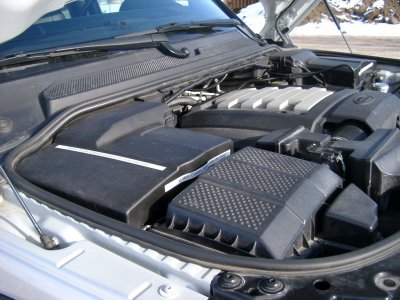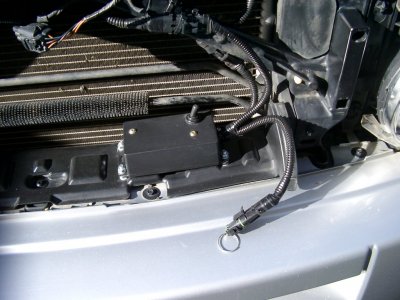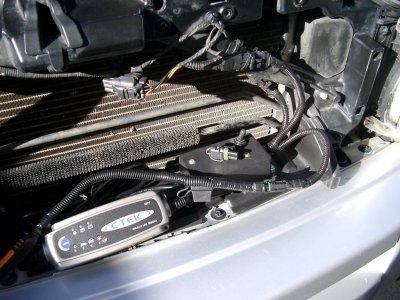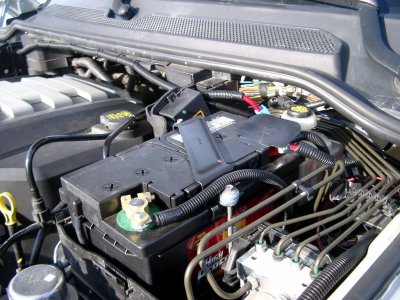avslash
Full Access Member
So I'm looking for things to occupy my time instead of watching this quarantine flush my business down the toilet, and decided to take a little dive into the electrics on my LR4.
To set up a baseline, I charged the battery for a full 24 hours, and then let the truck sit roughly another 30 hours.
Baseline measurement of voltage at both batteries was 12.61 at this point. This indicates to me that they are in reasonable shape.
I then measured amperage draw after the truck had been sitting for the same 30 hours and measured around .18 amps. The only difference when making this measurement from a normal park was that the hood had been open for the same 30 hours.
Next I will start pulling fuses one by one to see the effect of each on the parasitic draw, and if needed disconnecting my accessory mods one by one to quantify the effect.
What I'm hoping to understand is if there is a procedure I could document to set the Rover up for a several day camp secure in the knowledge that the battery will be able to start the truck when I'm ready to move again, and also to understand if my solar setup is able to cope with the parasitic draw of the truck.
I'm curious if any of you guys have taken a similar measurement and what your results were.
Please post up if you have done so.
To set up a baseline, I charged the battery for a full 24 hours, and then let the truck sit roughly another 30 hours.
Baseline measurement of voltage at both batteries was 12.61 at this point. This indicates to me that they are in reasonable shape.
I then measured amperage draw after the truck had been sitting for the same 30 hours and measured around .18 amps. The only difference when making this measurement from a normal park was that the hood had been open for the same 30 hours.
Next I will start pulling fuses one by one to see the effect of each on the parasitic draw, and if needed disconnecting my accessory mods one by one to quantify the effect.
What I'm hoping to understand is if there is a procedure I could document to set the Rover up for a several day camp secure in the knowledge that the battery will be able to start the truck when I'm ready to move again, and also to understand if my solar setup is able to cope with the parasitic draw of the truck.
I'm curious if any of you guys have taken a similar measurement and what your results were.
Please post up if you have done so.






